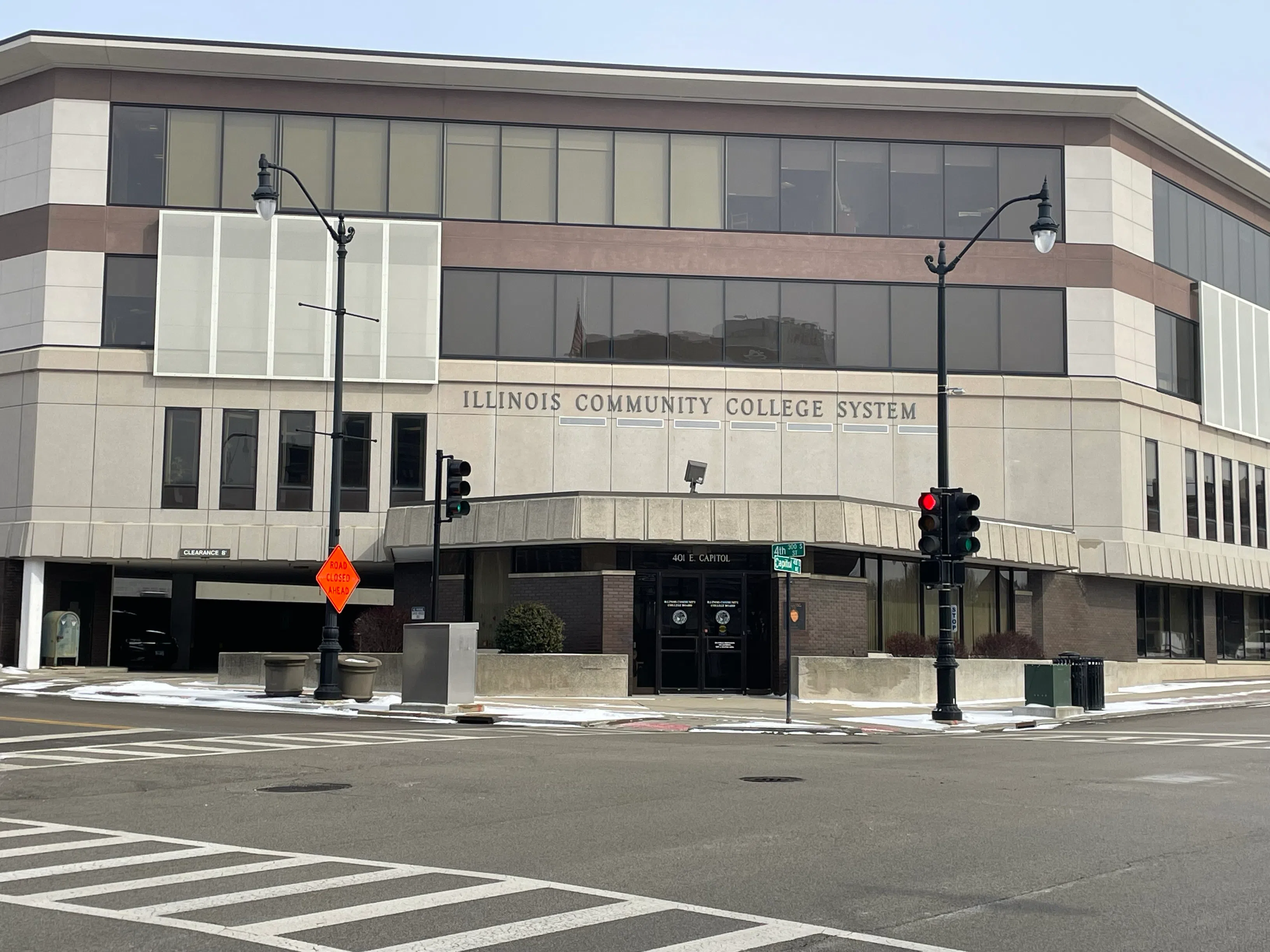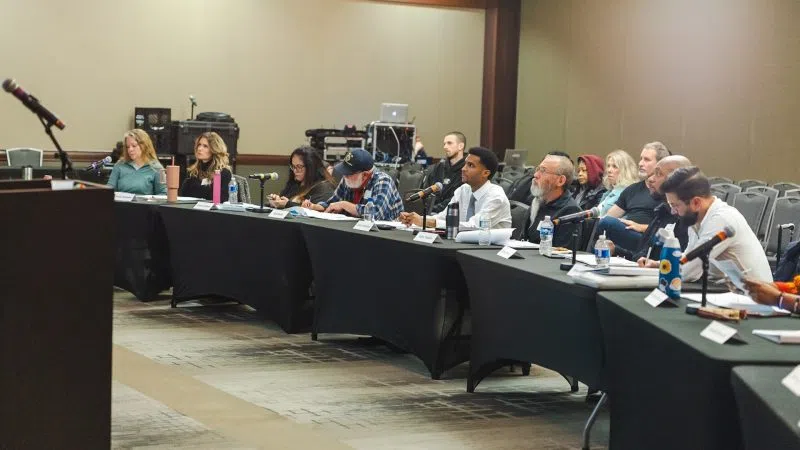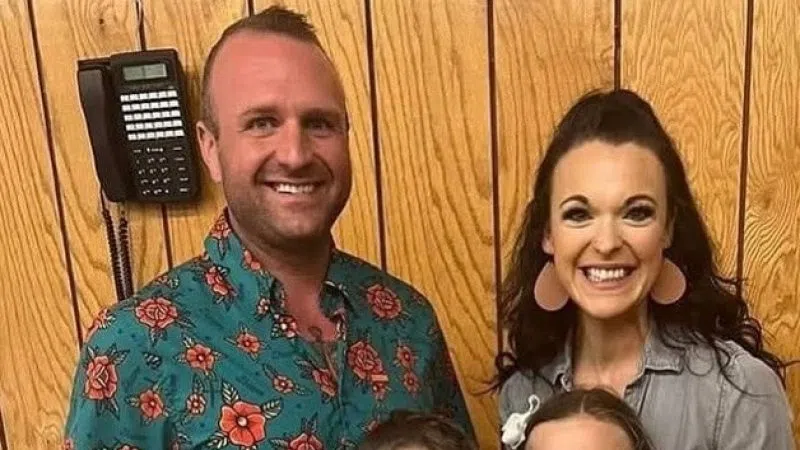By PETER HANCOCK
Capitol News Illinois
phancock@capitolnewsillinois.com
SPRINGFIELD — As the cost of higher education continues to rise, many students have turned to local community colleges as a way of holding down the cost of pursuing a degree.
Sometimes referred to as the “2-plus-2” model, the idea is to complete the freshman- and sophomore-level general education requirements at a local community college – where tuition rates may be half to one-third that of a four-year institution – then transfer to a university to finish out a degree.
By many measures, Illinois has been a leader in making the transfer process accessible for community college students. A 2020 report from the Illinois Board of Higher Education and Illinois Community College Board noted that Illinois led the nation in bachelor’s degree completion rates among community college transfer students, with nearly 54% completing their degree within six years.
But a new report by a higher education advocacy group says that statistic offers an incomplete picture. While the completion rate may be high for those who succeed in making the transfer to a university, many more community college students never make the transfer, even though that’s their plan when they first enroll.
The report by the Partnership for College Completion says that while 79% of community college students start with the intention of transferring to a university, only 35% of them do.
The success rate is even lower for low-income students and students of color, the report states. Only 28% of low-income students transfer, compared to 44% of higher-income students. And while Black and Latino students make up 44% of community college enrollment in Illinois, they make up just 31% of those who transfer to public universities.
The report also says Illinois graduates who transferred from a community college take out, on average, 38% more debt than those who start at four-year schools. Transfer students also attempt an average of nine more credits during their college career than those who don’t transfer.
“We’re trying to put a bridge between different systems that were not designed to work with each other and aren’t honestly designed to work primarily for students,” Mike Abrahamson, associate director of research and policy at PCC and a coauthor of the report, said in an interview. “We’re seeing breakdowns at every part of this pipeline.”
Abrahamson said the 2-plus-2 model works best for the small percentage of students who come into the system knowing what they want to major in and what university they want to transfer to. But for most others, he said, multiple barriers can stand in the way of a student making a seamless transition from community college to a four-year school.
One of the biggest obstacles, according to the report, is identifying the community college courses for which credits are eligible to be transferred between institutions, a process known as “articulation.”
Illinois has two programs intended to make it easier to transfer credits between schools. The Illinois Articulation Initiative, begun in 1993, sets out a “general education core curriculum” that more than 100 participating institutions have agreed to accept. And the Student Transfer Achievement Reform, or STAR Act, provides that students who graduate from a community college with an associate’s degree can, if they meet other qualifications, automatically be admitted to a public university and enroll as a junior.
But Abrahamson said the process is not as smooth and seamless as it would seem. For example, he said, some universities have prerequisites for their upper-level courses that may not be aligned with the general education core curriculum that a student may have taken in community college.
“We heard from students about, ‘Oh, I took this marketing class, and it didn’t transfer for major credit, it transferred for elective credit. I had to take a marketing class, and it was the exact same course and I paid twice for it,’” Abrahamson said.
Another barrier, the report noted, is the direct cost of transferring from one school to another. That can include application fees as well as fees for obtaining copies of transcripts, costs that can multiply if the student applies to multiple four-year institutions.
“In our discussions with students, we found that those could be significant barriers for students,” Abrahamson said. “It’s a $30 or $40 application fee, but you multiply that over a couple institutions, and it can be a real barrier for students to apply.”
Recommendations to lawmakers
The report offers several recommendations to make the transfer process easier, some of which are being considered in the General Assembly. Chief among those is to reform the way Illinois funds higher education.
Lawmakers are considering legislation this year to overhaul university funding, one that would distribute new funds using a needs-based formula similar to the Evidence-Based Funding model used in K-12 education. But the Partnership for College Completion report also calls for overhauling community college funding, “to reduce over-reliance on tuition and fee revenue.”
Another proposal under consideration this year is to implement a statewide direct admissions program in which graduating high school seniors and community college students who are eligible to transfer to a university would be automatically admitted to public universities where they are qualified.
The report calls for expanding that program further by coupling it with “guaranteed need-based financial aid.”
“I think almost all of our universities want to serve more transfer students and want to serve their students as best they possibly can,” Abrahamson said. “A lot of this comes down to giving them the resources they need to do that.”
Gov. JB Pritzker has also pushed for a bill allowing community colleges to offer four-year bachelor’s degree programs in certain high-demand employment fields. But that measure has stalled thus far, with Democratic leaders recently expressing disagreement on the plan at a committee hearing to discuss the funding bill.
Capitol News Illinois is a nonprofit, nonpartisan news service that distributes state government coverage to hundreds of news outlets statewide. It is funded primarily by the Illinois Press Foundation and the Robert R. McCormick Foundation.







